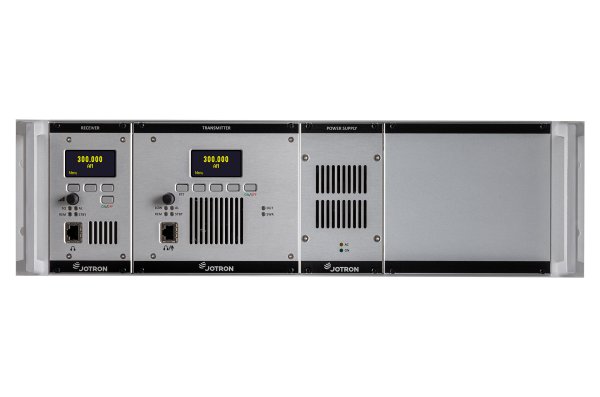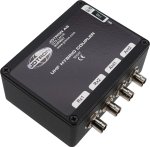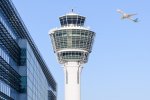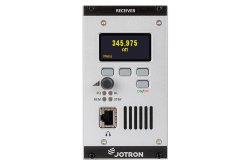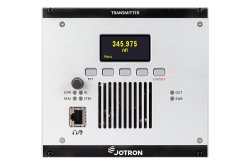TR-7750U UHF AM Digital Transceiver 50W
Part Number: 87100C
Jotron series 7000 UHF digital radios are designed to provide ground to air communication for professional users in the air defence frequency range. The radios provide excellent audio performance together with unmatched RF performance in tough electromagnetic environments.
Voice over IP, AM and FM modulation, remote control via SNMP and high MTBF are factors that make this a necessary tool for the professional market. Careful analogue design is the key to achieving the best collocation capabilities possible.
The 7000 series of radios are designed without compromising the synthesizers and analogue front end. Together with a linear power amplifier design and strict control by an ultra fast digital signal processor, making these the ultimate radios of choice for professional air traffic control applications.
Standards:
- EN302 617 (AM)
Features
- Excellent RF performance in congested areas
- Advanced digital signal processing (DSP)
- Remote control through Ethernet
- Easy set-up and control
- Compact design
- In-band signalling for PTT and squelch
- Continuous duty cycle
- Offset carrier
- VoIP according to ED-137
- Start-up time <10 seconds
- Parallel operation (analogue and VoIP interfaces)


